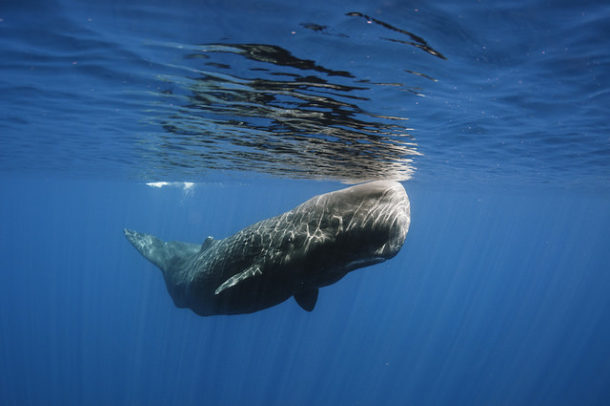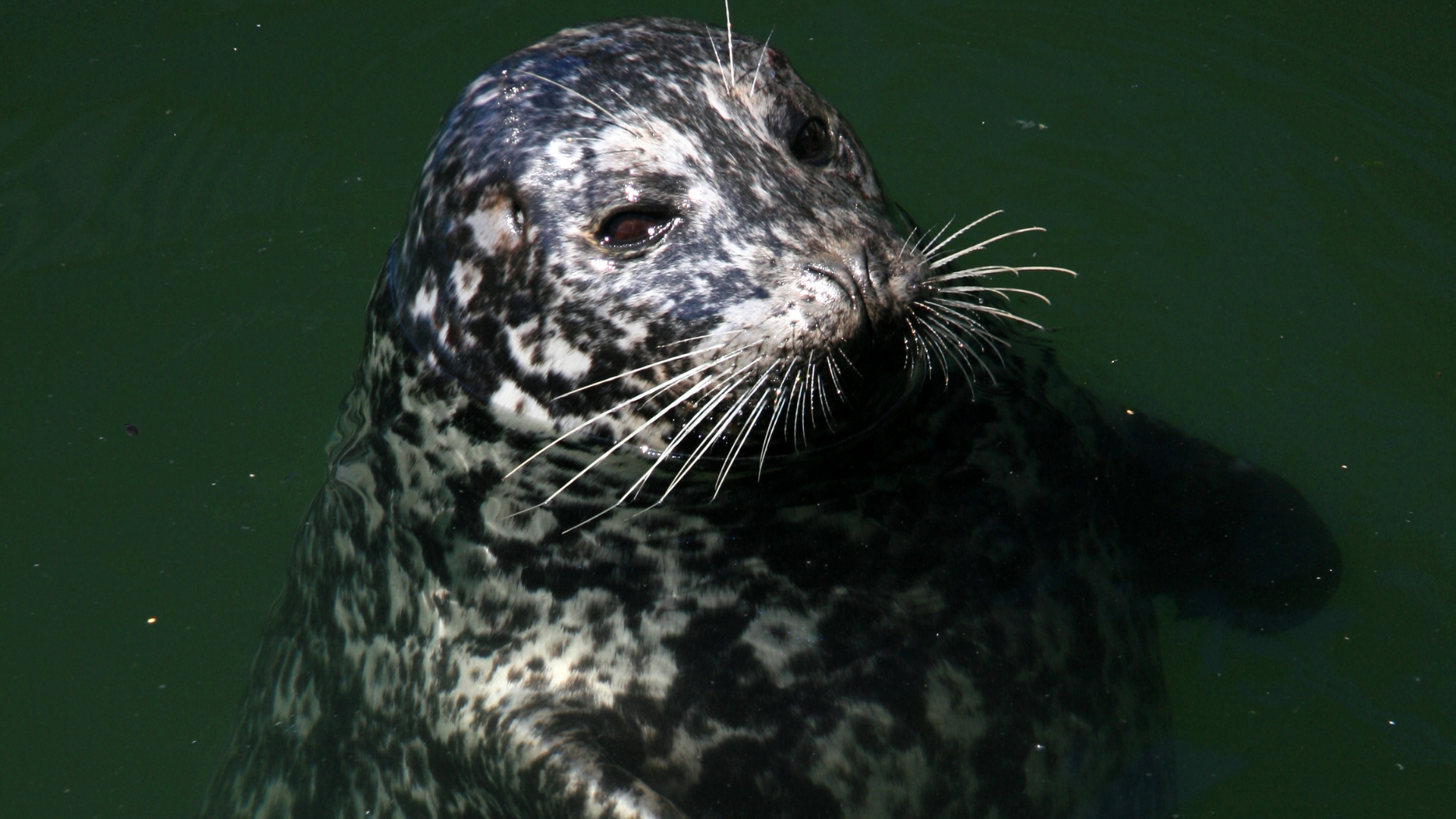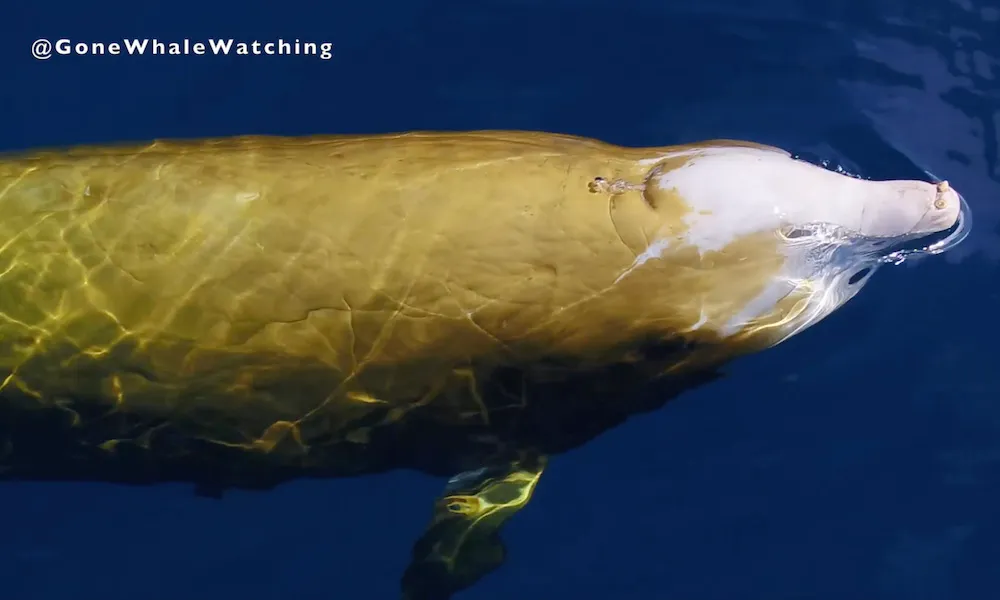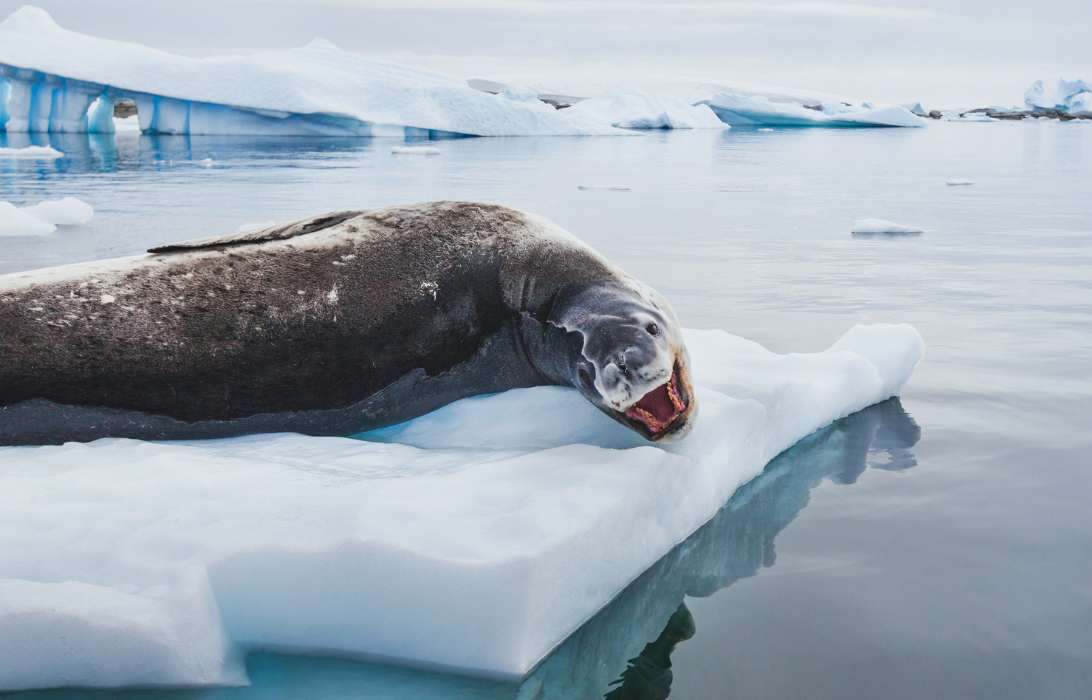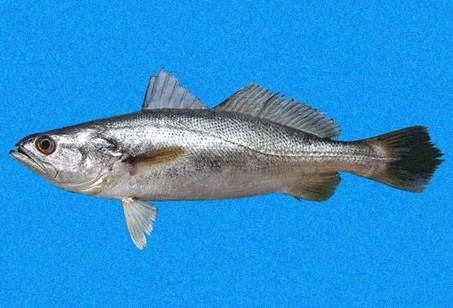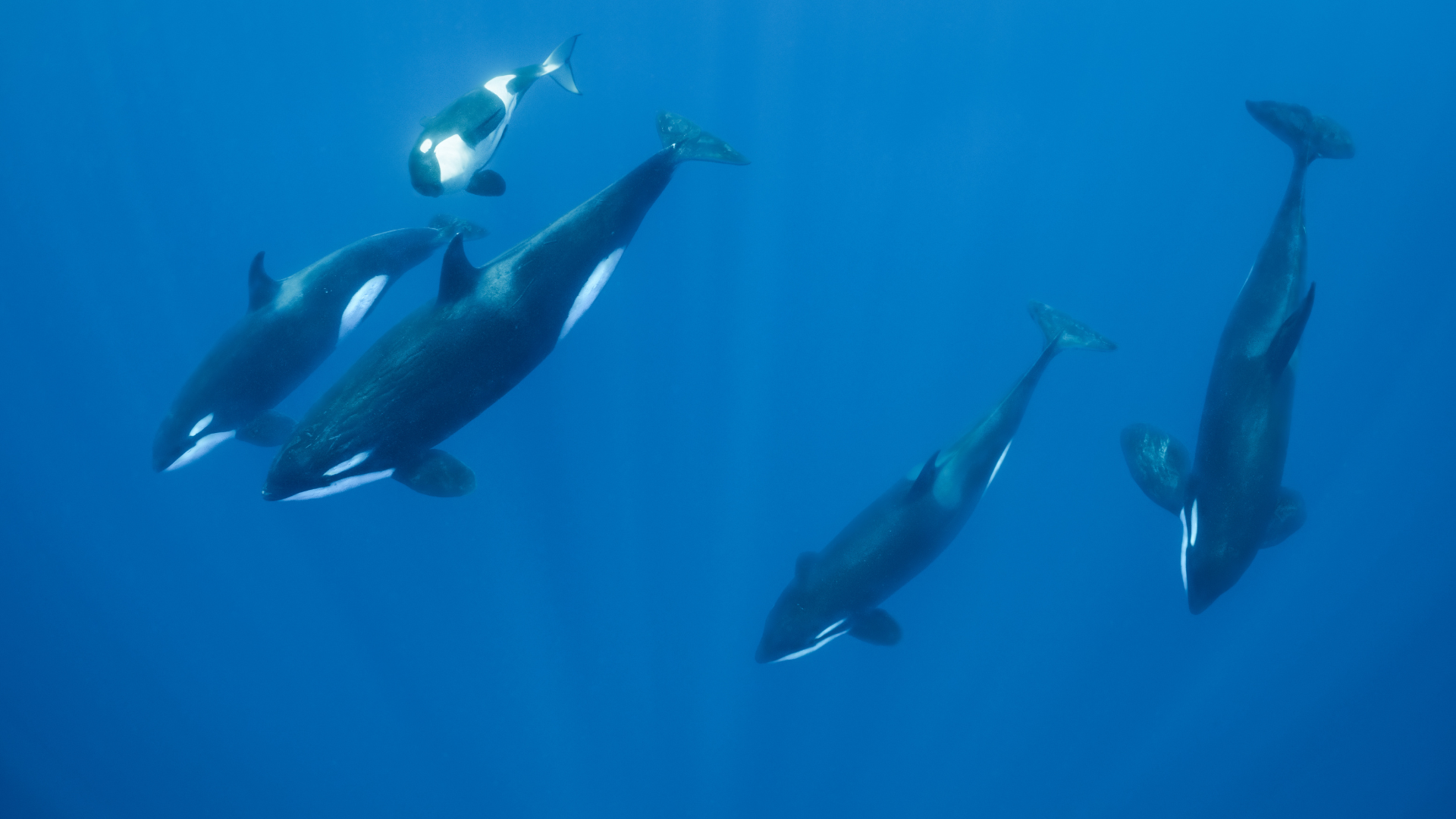LATIN NAME Physeter macrocephalus (AKA: carpenter fish, common cachalot; “cachalot” is derived from an archaic French word for “tooth”)
LENGTH Up to 20.5 metres (67 ft)
WEIGHT 57,000 kilograms (56 long tons; 63 short tons)
LIFETIME Over 70 years
PHYSICAL TRAITS The largest toothed whale, head can be 1/3 of body length, named for a white substance found in it’s head, flukes are triangular and very thick, blowhole is close to front of head and slightly left, brain is largest of any known mammal and the most sexually dimorphic cetaceans, with males considerably larger than females. Adult females may grow to lengths of 36 feet (11 m) and weigh 15 tons (13607 kg). Adult males, however, reach about 52 feet (16 m) and may weigh as much as 45 tons (40823 kg).
BEHAVIOR Dives as deep as 3 km (9,800 ft), which makes it the deepest diving mammal, live in groups called pods, females cooperate to protect and nurse their young, clicking vocalization is the loudest sound produced by any animal
HABITAT Often associated with feeding along the slope of the continental shelf. Rarely found in waters less than 300 meters ( ~1000’) deep.
LOCATIONS Global between 70̊ N and 70̊ S Latitude. Groups will remain resident to specific feeding areas.
FOOD Squid and fish
PREDATORS Orcas. Pilot whales have been seen harassing sperm whales. Neonates are subject to shark attacks.
The sperm whale was hunted voraciously up until 1988 for the waxy spermaceti oil in its cranium. It was found to be an exceedingly fine lubricant for machinery because it has interesting temperature-dependant density and viscosity properties. It is generally believed that the whale regulates these properties to mediate its buoyancy allowing it to easily dive when the oil is denser than water and helping them surface when it is less dense.
The energy economy of this exchange facilitates dives as deep a 3km (almost 10,000 feet) making the sperm whale the deepest diving vertebrate known. (Pressures at 3km are over 4400psi or 300 atmospheres.)
The spermaceti organ is also has very complex acoustical features, allowing the focused transmission and reception of their characteristic bio-sonar. The sperm whale “clicks” when heard in aggregation sound like a busy team of carpenters hammering away on a job – giving them the colloquial name of “carpenter fish.”
The sperm whale, like the gray whale (and unlike any of the other whales) will attack their aggressors, which made the fishery exceedingly dangerous for whalers (although even more dangerous for the whales).
Audiographs
Sperm Whale Hunting Clicks
Wikipedia
Discovery of Sound in the Sea
Arkive.org: Dwarf Sperm Whale
Arkive.org: Pygmy Sperm Whale
Arkive.org: Sperm Whale
J. Acoust. Soc. Am. 128, 2681 (2010)Depth, orientation, and acoustics of sperm whales (Physeter macrocephalus) under natural and depredation foraging conditions in the Gulf of Alaska
Delphine Mathias, Aaron Thode, Jan Straley, Kendall Folkert, John Calambokidis, Greg Schorr, William C. Burgess, and Chris Lunsford
J. Acoust. Soc. Am. 123, 3775 (2008)Insights into the acoustic behavior of sperm whales Gianni Pavan J. Acoust. Soc. Am. 105, 1262



